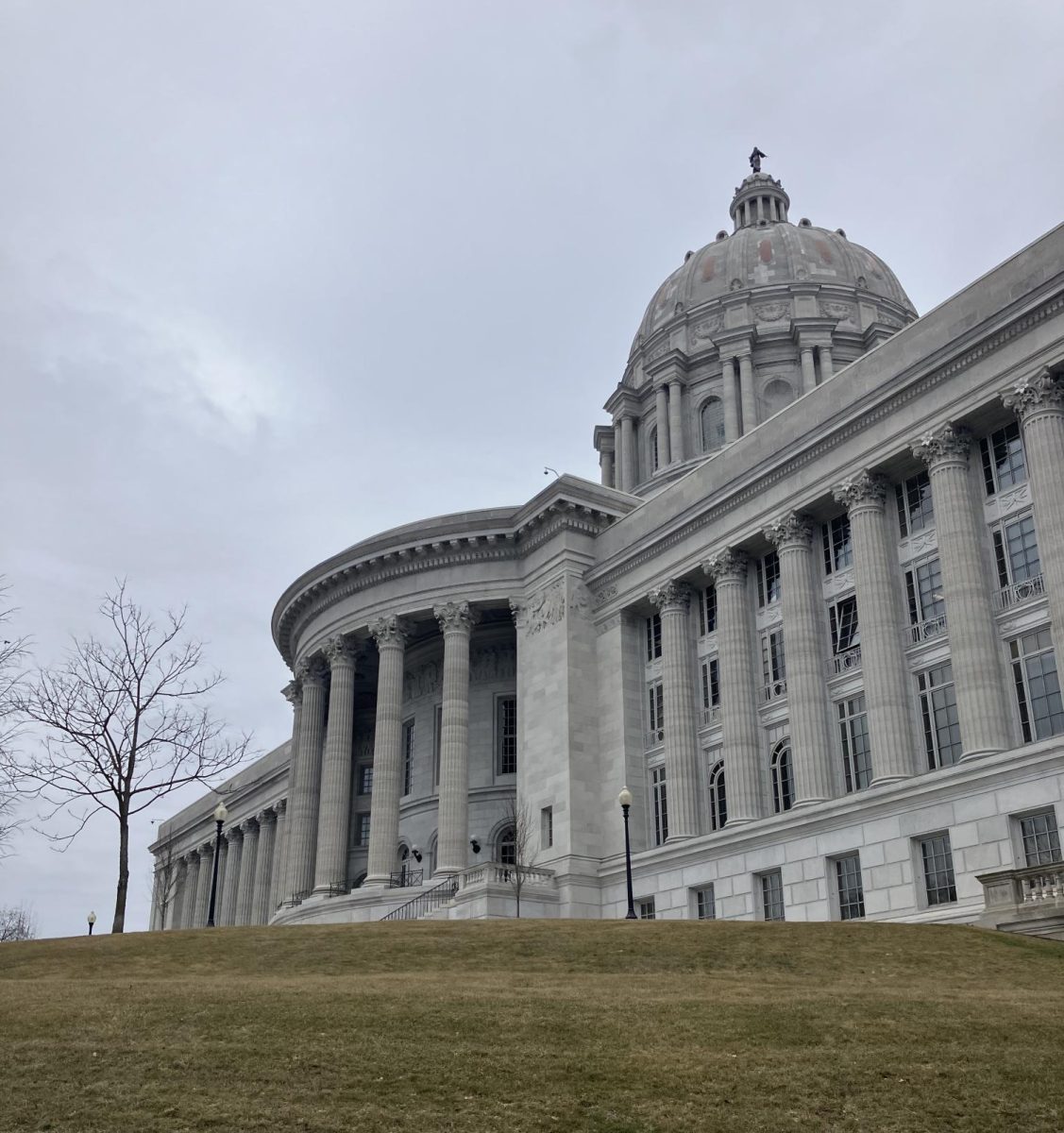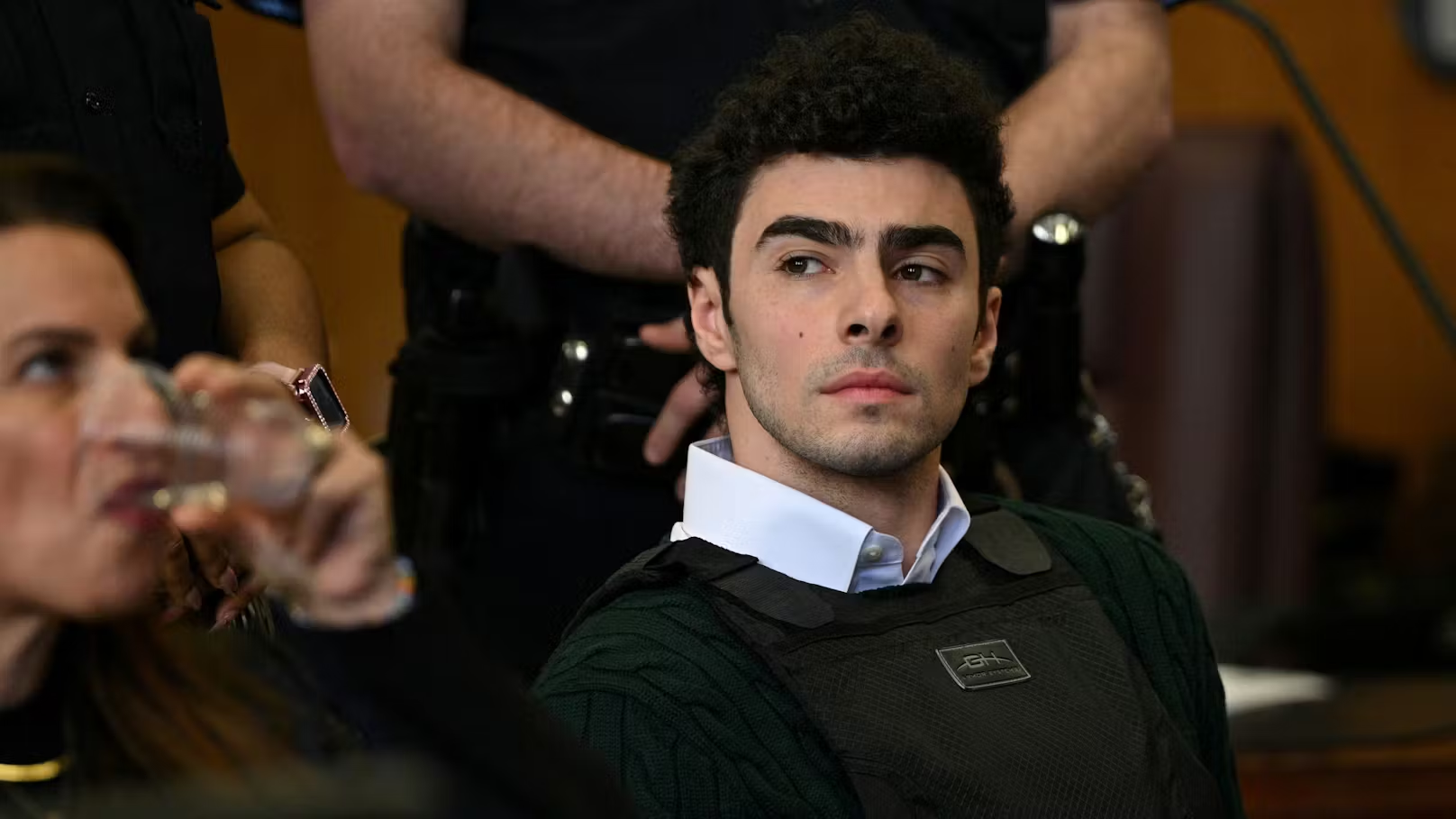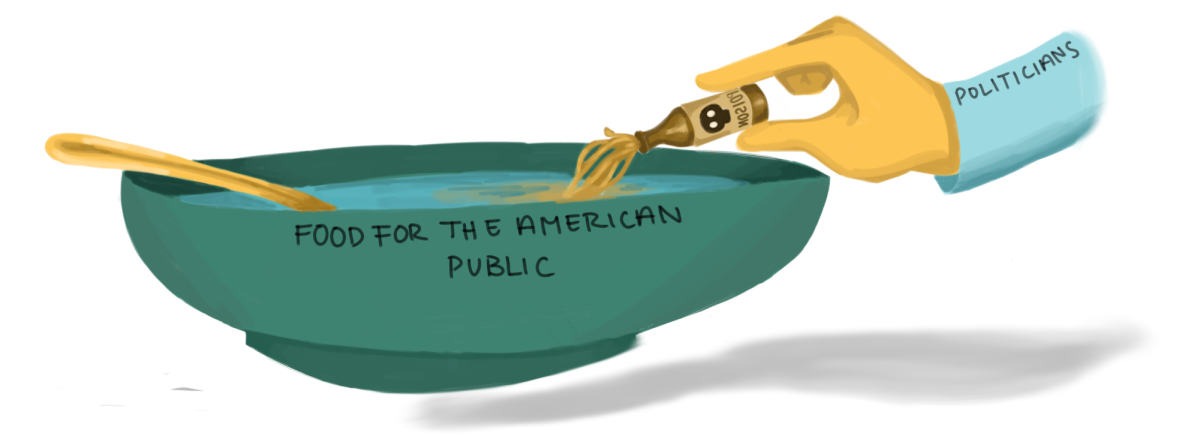It’s easy to see the impatience among the Ladue student body surrounding the high school’s reopening. Some people want to receive a full education, some have worries and concerns about the effects of online learning, and some just want to see their friends in-person again. All are valid concerns. But rushing the reopening of public places, especially schools, will only harm the Ladue community in the long run. This article will evaluate the timing of a reopening with several factors in mind. First, is weighing the negative effects of continuing online learning vs. the negative effects of a school reopening. Second, is possible policy scenarios. Third and finally, is the likeliest policy scenarios.
If there was a short answer to when the high school should reopen, it would be towards the end of February 2021. This would have to happen under a few circumstances. First, the school shouldn’t force all students or faculty to return. Throughout the course of the second semester, every student and faculty member should have the choice to remain at home. It’s time that the district comes to terms with the fact that this pandemic will rage on into at least the summer and that many feel unsafe about returning, especially those who are at risk or who have family members who are at risk of dying. Second, mask mandates and social distancing guidelines should still apply. That should not be called into question.
The choice regarding February is mainly for two reasons. First, according to the Institute for Health Metrics and Evaluation, cases are projected to dip starting in January 2021. But that doesn’t mean the school should instantly reopen, as daily cases would still be high and instantly reopening everything once daily cases start to fall is a mistake the US has made before. Look where the US is now, with daily cases climbing to almost 200,000 cases a day as of November 24th. Waiting until cases wane more would be wiser, and so reopening in February or even March is the best option. Secondly, the toll that online learning would have on students would be severe enough to justify reopening. It’s difficult to quantify suffering, but as depression, anxiety, and financial status worsens, according to the Kaiser Family Foundation, the school can and should jump on the opportunity to reopen school while cases start to drop and before the school year ends.
The problem with these calculations is that they are simply current projections. Things can change from now until May, and so projecting different scenarios is helpful in preparing for the uncertain future. Take, for example, Harvard Medical School and MA General Hospital’s COVID Simulator, which allows for users to play around with potential policy scenarios and their impacts on the spread of COVID-19. In a scenario where the Missouri government decides to enact a 4-week stay-at-home order starting on November 24th, cases would fall significantly over winter break, but spike right after the order is lifted and continue to go up dramatically into March. The district might be inclined to reopen the high school right after winter break, considering the steep decline in cases throughout December. But the district would only be met with a spike in daily cases right as the school reopens in January, leading to the infection and quarantine of many.
It’s unlikely that the Missouri government decides to enact a 4-week stay-at-home order, so planning out policy scenarios like lockdowns and lengthy stay-at-home orders is a big waste of time. So what are the strictest and most lenient policy scenarios the Missouri government might enact? On the stricter end of the spectrum, Governor Mike Parson could implement a statewide stay-at-home order for up to a month, as he did in April towards the beginning of the pandemic, but again it’s very unlikely. On the more lenient side of the spectrum is about where Missouri is now, with no mask mandate and businesses being mostly open, according to the New York Times. What’s most likely, however, is some kind of mask recommendation and some kind of maximum social group size, depending on how serious the spread of coronavirus is in each county. The Missouri Department of Health and Human Services released a county action plan to dictate guidelines on county prevention policy.
As the country experiences a large spike in cases this winter, the uncertainty about the return to school in the spring will increase. Even though a drop in cases is due to happen in the next few months, the amount of cases the US is expected to have every day is still substantial. It’s possible that students will return to school, with the help of proper social distancing. It’s also entirely possible that students won’t have a proper 2020-21 school year, as the pandemic is likely to last until the summer. The best course of action, for now, is to stay at home, avoid getting infected, and wait for the pandemic to run its course. How long that will be is entirely unknown, and ultimately it’s something that the Ladue community will have to accept no matter how good or bad the outcome may be.









